Mapping Of Galactic Bar In The Milky Way By Gaia
Eddie Gonzales Jr. – MessageToEagle.com – Researchers created a map of the bar-shaped collection of stars at the center of our Milky Way galaxy, by combining ESA’s Gaia mission’s second data release (DR2) with complementary observations by ground- and space-based telescopes, the catalog
The unprecedented catalog contains the brightness, positions, distance indicators and motions across the sky for more than one billion stars in our Milky Way galaxy, along with information about other celestial bodies.
 Display of Gaia data combined with other surveys and StarHorse code over an illustration of the Milky Way. A bar structure is clearly visible in the middle. Credit: NASA/JPL-Caltech/R. Hurt; Starhorse Overlay: A. Khalatyan
Display of Gaia data combined with other surveys and StarHorse code over an illustration of the Milky Way. A bar structure is clearly visible in the middle. Credit: NASA/JPL-Caltech/R. Hurt; Starhorse Overlay: A. Khalatyan
“We looked in particular at two of the stellar parameters contained in the Gaia data: the surface temperature of stars and the ‘extinction’, which is basically a measure of how much dust there is between us and the stars, obscuring their light and making it appear redder,” Friedrich Anders ICCUB member and lead author of the new study, conducted by researchers from the Institute of Science Cosmos of the University of Barcelona and from the Leibniz Institute for Astrophysics Potsdam (Germany), said in a press release.
“These two parameters are interconnected, but we can estimate them independently by adding extra information obtained by peering through the dust with infrared observations.”
“With the second Gaia data release, we could probe a radius around the Sun of about 6500 light years, but with our new catalogue, we can extend this ‘Gaia sphere’ by three or four times, reaching out to the centre of the Milky Way,” explains co-author Cristina Chiappini from Leibniz Institute for Astrophysics Potsdam, Germany, where the project was coordinated.
At the center of our galaxy, the data clearly reveals a large, elongated feature in the three-dimensional distribution of stars: the galactic bar.
“We know the Milky Way has a bar, like other barred spiral galaxies, but so far we only had indirect indications from the motions of stars and gas, or from star counts in infrared surveys. This is the first time that we see the galactic bar in three-dimensional space, based on geometric measurements of stellar distances,” says Friedrich Anders.
“Ultimately, we are interested in galactic archaeology: we want to reconstruct how the Milky Way formed and evolved, and to do so we have to understand the history of each and every one of its components,” adds Cristina Chiappini.
Written by Eddie Gonzales Jr. – MessageToEagle.com Staff
Related Posts
-
 “Hot Saturn” Exoplanet Discovered By TESS Mission
No Comments | Apr 7, 2019
“Hot Saturn” Exoplanet Discovered By TESS Mission
No Comments | Apr 7, 2019 -
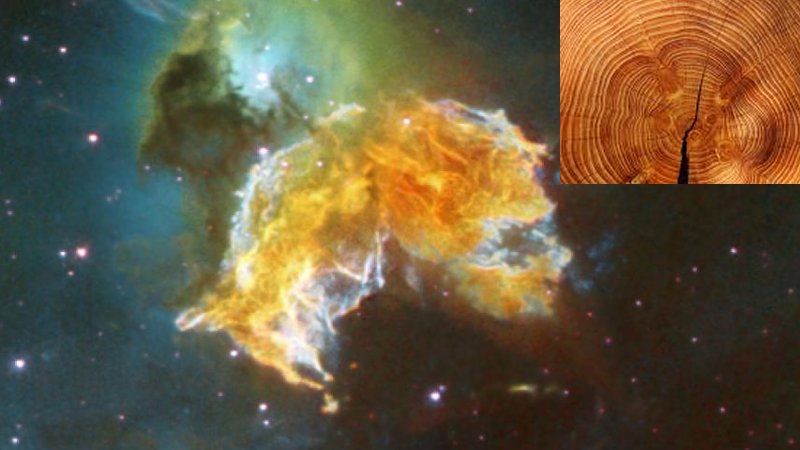 Are Tree Ring Records Holding Clues To Dangerous Effects Of Distant Supernovas On Earth?
No Comments | Nov 26, 2020
Are Tree Ring Records Holding Clues To Dangerous Effects Of Distant Supernovas On Earth?
No Comments | Nov 26, 2020 -
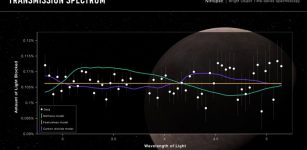 NASA’s Webb Telescope Confirms Its First Exoplanet
No Comments | Jan 12, 2023
NASA’s Webb Telescope Confirms Its First Exoplanet
No Comments | Jan 12, 2023 -
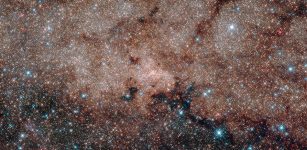 NASA’s Hubble Reveals A Rich Tapestry Of More Than Half A Million Stars
No Comments | Apr 4, 2016
NASA’s Hubble Reveals A Rich Tapestry Of More Than Half A Million Stars
No Comments | Apr 4, 2016 -
 What The Magi Had In Common With Scientists
No Comments | Dec 23, 2016
What The Magi Had In Common With Scientists
No Comments | Dec 23, 2016 -
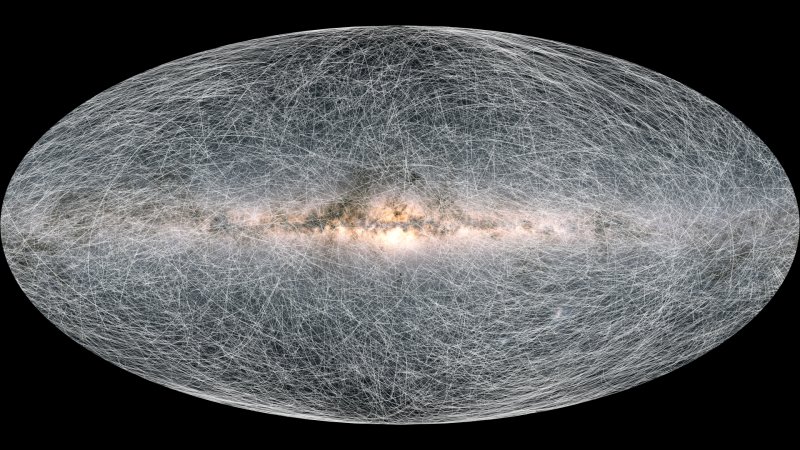 Most Detailed 3D Map Of The Milky Way With 2 Billion Stars – Released
No Comments | Dec 4, 2020
Most Detailed 3D Map Of The Milky Way With 2 Billion Stars – Released
No Comments | Dec 4, 2020 -
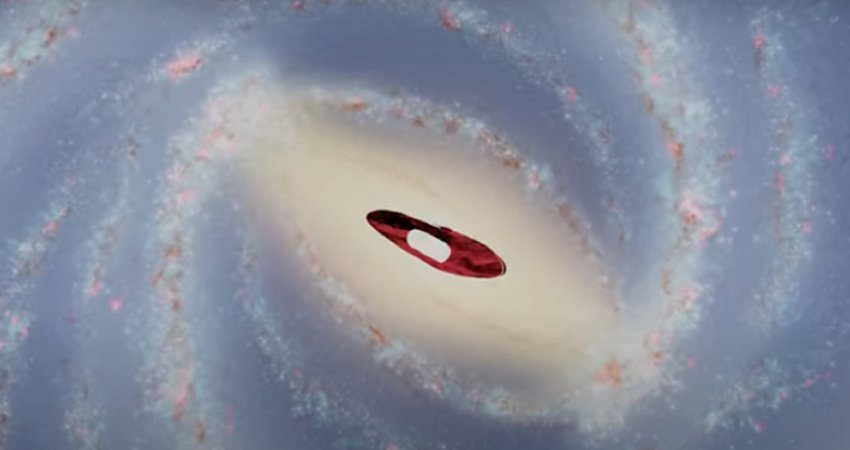 ‘Red Flag’ Captured By WHAM Telescope Gives New Clues About Milky Way
No Comments | Jul 7, 2020
‘Red Flag’ Captured By WHAM Telescope Gives New Clues About Milky Way
No Comments | Jul 7, 2020 -
 NASA’s Dawn Ends Its Mission Soon But Spacecraft Will Continue To Explore And Collect New Data
No Comments | Jul 18, 2018
NASA’s Dawn Ends Its Mission Soon But Spacecraft Will Continue To Explore And Collect New Data
No Comments | Jul 18, 2018 -
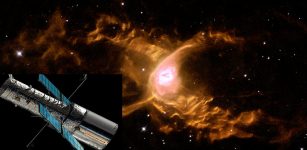 Hubble In Safe Mode As Gyro Issues Are Diagnosed – Get Well Soon Hubble!
No Comments | Oct 9, 2018
Hubble In Safe Mode As Gyro Issues Are Diagnosed – Get Well Soon Hubble!
No Comments | Oct 9, 2018 -
 M87’s Jet Unleashes Rare Gamma-Ray Outburst
No Comments | Dec 17, 2024
M87’s Jet Unleashes Rare Gamma-Ray Outburst
No Comments | Dec 17, 2024
